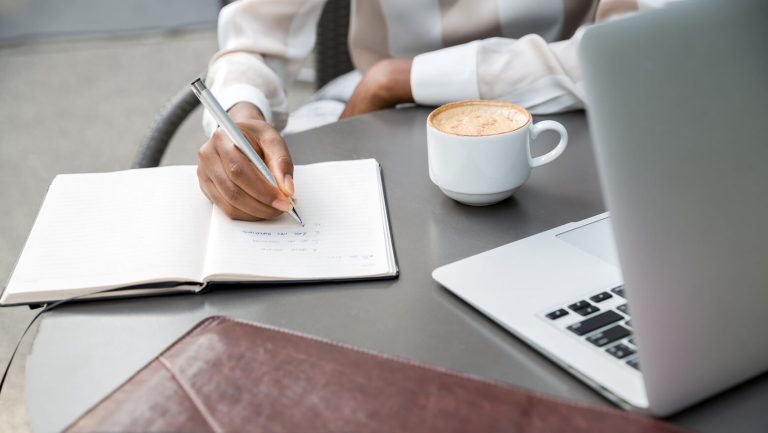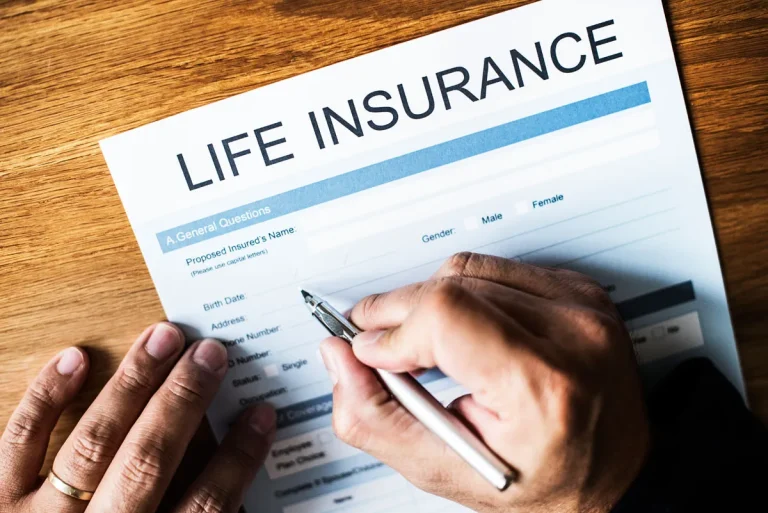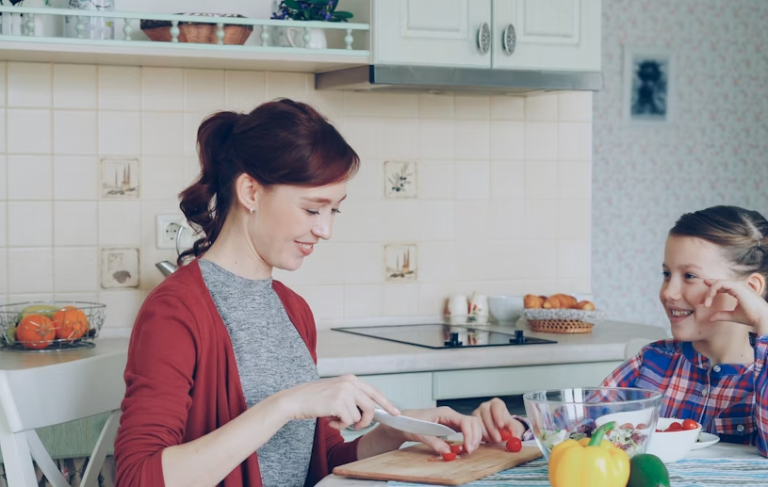Happy-Hour Lounge Booths: Designing High-Turnover Seating for Peak Times
Happy hour has evolved into a key profit driver for restaurants and lounges, pulling in a steady stream of guests during late afternoons and early evenings. In many busy urban venues, these hours account for as much as sixty percent of daily bar revenue. Booth seating plays a surprisingly central role in how these guests experience the space. When designed with care, booths create the right mix of comfort and flow, allowing customers to relax while still encouraging a steady turnover. A smartly planned seating layout can increase table turnover by ten to thirty percent, which directly lifts revenue during those crucial hours.
The challenge is finding that balance with restaurant furniture, its placement, but also its style. Too much comfort, and guests linger far beyond the peak window. Too little, and they feel unwelcome. The secret lies in booth designs that work hand-in-hand with the natural pace of happy hour. From materials and layout to lighting and service, every element can help you guide the experience while keeping operations efficient. This is where design meets strategy, and where a well-considered booth plan can turn a busy happy hour into a lasting customer relationship.
Reading the Room: The Nature of Happy-Hour Guests
The happy-hour crowd is a different breed from your standard dinner guests. They tend to arrive in smaller groups, often two to four people, ordering drinks and light bites rather than full meals. The pace is brisk, and tables need to be cleared quickly to keep up with demand. Average dwell time can drop to just twenty or thirty minutes per party, compared to an hour or more for dinner service.
Patterns emerge when you watch closely. Nearly seventy percent of these guests order a second drink within fifteen minutes of sitting down. In well-run venues, table turnover can jump from two turns per hour to as many as four. Designing booths with these patterns in mind means you can better serve those quick-visit customers without creating bottlenecks at the door. The goal is to match your seating approach to the natural rhythm of the crowd.
Balancing Comfort with a Subtle Sense of Pace
It’s a fine art to make a booth inviting yet not so plush that people sink in for hours. Cushion density plays a role here: soft enough for enjoyment but firm enough to keep posture upright. A seat depth of eighteen to twenty inches is the sweet spot, offering enough support for a drink and conversation while encouraging guests to keep moving after their visit.
Booth backs also matter. Mid-height designs give just enough privacy while maintaining a sense of openness and energy. Materials should be practical, vinyl and performance fabrics are ideal because they handle spills quickly and clean easily. Even small touches like integrated footrests can add comfort while keeping guests seated in a more alert position, subtly influencing their stay without making them feel rushed.
Placing Booths for Flow and Visibility
Layout is everything during peak hours. Booths should be arranged so servers can see and reach every table without obstruction. Positioning them close to high-demand areas like the bar ensures faster drink delivery, while angled layouts at forty-five degrees make entry and exit smoother for guests.
Spacing is another hidden factor in efficiency. A gap of thirty-six to forty inches between booth backs gives staff the clearance they need to move freely. Smaller two-person booths work well near the bar to handle quick-turn tables, while larger groups can be directed further into the lounge. A five-foot aisle behind booths lets servers carry trays without bumping into guests, keeping the flow steady even in the busiest moments.
Choosing Materials That Keep the Pace
Happy-hour seating needs to handle more wear in a few short hours than some dining rooms see all night. Stain-resistant fabrics and easy-wipe vinyls keep cleaning times short, while antimicrobial finishes help maintain hygiene between quick turnovers.
Dark tones and patterns disguise minor scuffs, while two-tone leather can be wiped clean in under two minutes. Details like tapered table edges help sweep crumbs quickly onto the floor for easy pickup. Non-absorbent bench surfaces with sealed seams withstand constant sanitizing, an important detail when booths are turned over multiple times an hour. Every choice should make maintenance faster without sacrificing the inviting look of the lounge.
Lighting That Matches the Energy
Lighting sets the mood and the pace for happy hour. Warmer temperatures around 2,700 to 3,000 K create an inviting glow, while slightly brighter lighting can subtly encourage quicker visits. Dimmable systems allow for a seamless shift from happy hour into evening service, and flexible lighting zones keep booths feeling lively and fresh.
Accent lights behind booth backs create depth and highlight the seating area. Hidden strip lighting under ledges signals that booths are ready for new guests. Even the music ties in here, fast-tempo tracks between 100 and 120 beats per minute energize the room, keeping conversations lively and visits shorter.
Designing for Style That Works as Hard as It Looks
Style should never take a back seat to function. Modular booths can convert from two-tops to four-tops as the crowd shifts, giving you flexibility during peak hours. Colours play a role in pacing too, warm reds and oranges create energy, while neutral tones balance them for a refined look.
Branding elements like embroidered booth backs or table inlays reinforce the venue’s identity without cluttering the design. Metal accents resist scuffs while adding polish. Even built-in charging ports can work in your favour, offering convenience for short stays without encouraging all-night work sessions.
Supporting Staff for Speed and Service
The smartest booth layout works hand-in-hand with staff flow. Placing booths near service stations reduces walking distance by up to fifteen percent per guest. Clear, wide paths make it easy to deliver drinks and clear plates without delay.
Technology can help too. Mobile POS tablets allow servers to drop checks right away, and pre-drink ordering on arrival ensures guests have their first round within five minutes. Training bussers to reset a booth in under sixty seconds keeps the line moving. These operational tweaks transform good seating into a peak-hour powerhouse.
Booth Design That Pays Off During Happy Hour
When all these elements work together, the results speak for themselves. Purpose-built booths bridge the gap between guest comfort and operational efficiency. They turn tables faster, sometimes by as much as thirty percent, without making guests feel hurried. They also keep patrons coming back, knowing they can expect a comfortable seat, quick service, and an enjoyable atmosphere.
With happy hour contributing up to sixty percent of some venues’ daily revenue, investing in the right booth design is more than a style choice, it’s a strategic move. The right plan maximizes yield per square foot while making guests feel welcome and well cared for.
For any lounge or restaurant aiming to thrive during those golden hours, rethinking booth strategy isn’t just about aesthetics. It’s about creating a setting that works for both the customer and the bottom line, keeping peak times as profitable as they are enjoyable.






